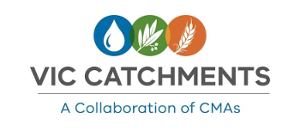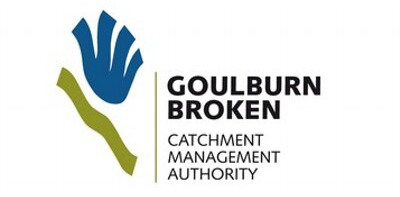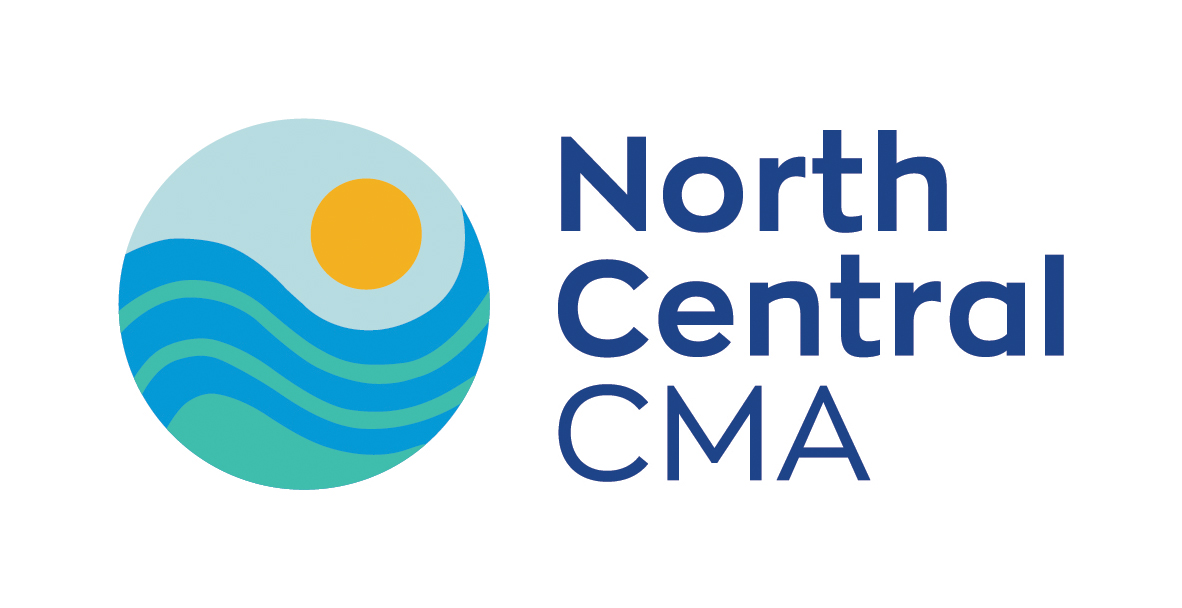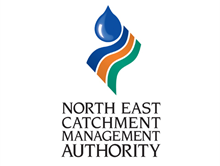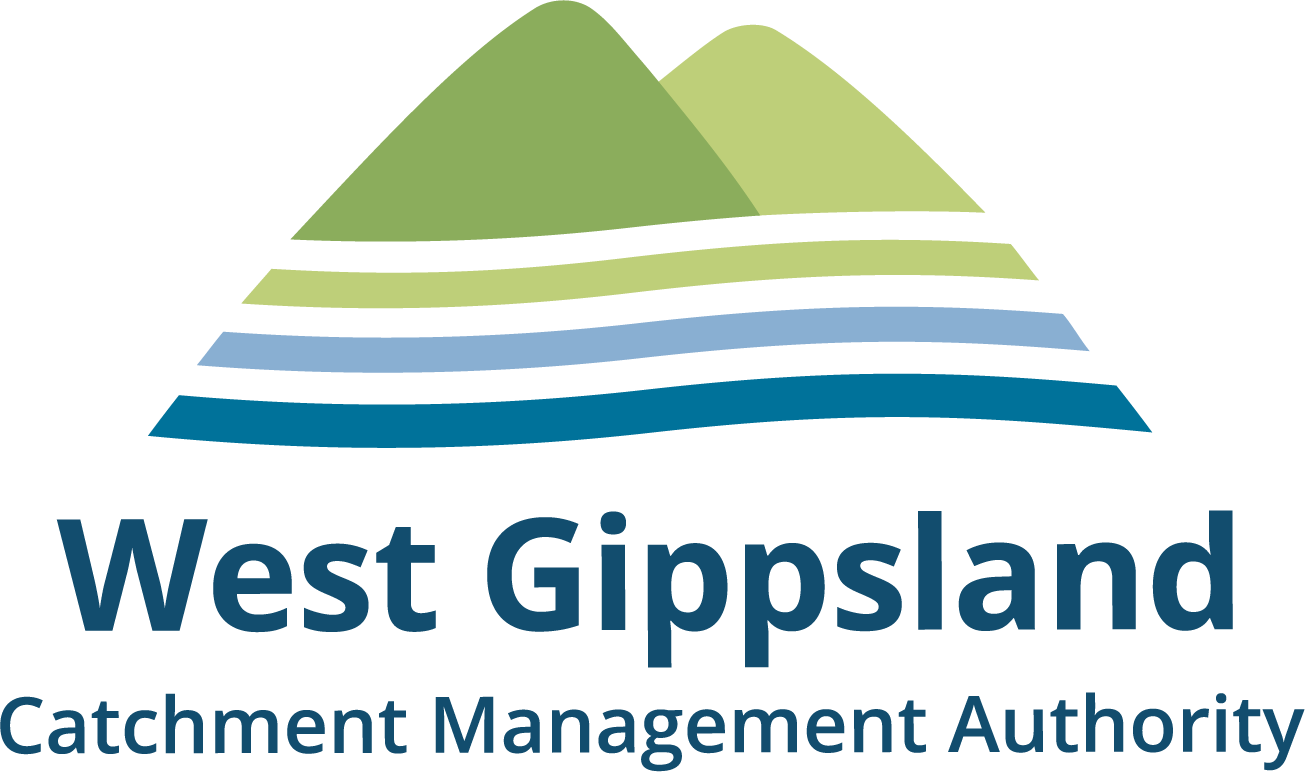North Central CMA
Connecting rivers, landscapes, and people to deliver lasting positive change.
Our region is an area of diverse landscapes and land-use that covers 13% of the state. It is bordered by the mighty Murray River to the north, the Great Dividing Range and Wombat State Forest to the south and Mt Camel Range to the east.
The region’s main waterways are the Campaspe, Loddon, Avoca and Avon-Richardson rivers, which form part of the Murray-Darling Basin.
Our Future Vision
Working in Partnership for a Healthy Catchment.
2023 – 24 Achievements
- Two Gen Zs, no phones, 100+ kilometres of waterway, two kayaks, and a film crew. Unplug and Play was a challenge that showcased the work we do, our amazing communities, and was a hit on social media.
- Building the $6.5 million Taylor’s Creek fishway connected 1,000 kilometres of waterways for our large-bodied fish. It also brought together local and state water agencies and the Yorta Yorta Nation Aboriginal Corporation.
- New opportunities in NRM began with planning for a regional community carbon program and hosting of a natural capital forum. Five councils joined together to investigate local revegetation offsets, and more than 100 landholders discovered more about the future of natural capital.
